Breeding shrimp: Breeding juvenile shrimp
Breeding shrimp: The rearing of young shrimp
Depending on the ambient temperature, the female shrimp carries her eggs under her pleon, the abdomen, for an average of three to four weeks. There they are attached to the swimming legs with a thin, rather sticky thread called filament and carefully guarded. The female fans fresh, oxygen-rich water to the eggs with her webbed legs and cleans, sorts and arranges them with her walking legs. Should an egg ever fail to fertilize or become fungal, it is carefully and quickly removed so that the healthy, fertilized eggs are not harmed.
Larvae and baby shrimp
But no matter how meticulously the mother shrimp cares for her eggs as long as she carries them under her pleon - once the larvae or baby shrimp have hatched, they are completely on their own. Then the adults do not continue to care for the offspring, but they also do not chase them or actively eat them. Species that belong to the specialized reproductive type that reproduces in freshwater are called juvenile shrimp, species that need brackish water for the development of the offspring (such as all fan shrimp or also the Amano shrimp) are called larvae. We specifically address the rearing of juvenile shrimp in freshwater in this article. Larvae with marine development stages are a completely different matter ..
The behavior of baby shrimp
Newly hatched baby shrimp are still quite sedentary. Especially small bee, tiger and shadow shrimp (also known as Taiwan Bees) do not move from the spot where they left the protective swimming legs of the mother animal in the very first days. This behavior carries some risks for the animals. If there are pathogenic germs in the biofilm at this very spot, the little bees, tigers or Taiwanese have bad cards ( blog post "Immune system and disease prophylaxis ) , and also if there is a lack of food, they can simply starve to death. Even sufficient food is no guarantee for a successful breeding - it must also be composed correctly, so that the small shrimps get all the nutrients they need especially in their first days of life.
Growth and development
Especially in the beginning, the little fellows grow rapidly and therefore have to molt daily (sometimes even two or three times a day), because their exoskeleton does not grow with them. For this reason, they have to shed their old, stiff skin so that their growing bodies do not smother them. One can imagine that very complicated biochemical mechanisms must mesh smoothly for this process, so that the strenuous moulting is possible without danger for the small animals.
Optimal rearing conditions
With a high-quality and carefully composed rearing food such as Natureholic 's Babyfeed , you can ensure that the little shrimp are provided with everything they need. It contains nutritionally valuable chitin from insects, which provides the baby shrimp with the basic material for their newly forming skin, and the molting and growth hormone ecdysone. Brewer's yeast and brewer's grains strengthen the immune system, and kale and spirulina, moringa and acai provide the young animals with natural vitamins, minerals and the all-important secondary plant substances. Baby Feed from Natureholic is made with a special trace element and vitamin blend with bioavailable organic mineral compounds that are directly available to the baby shrimp as building materials and do not have to be laboriously converted by the body first.
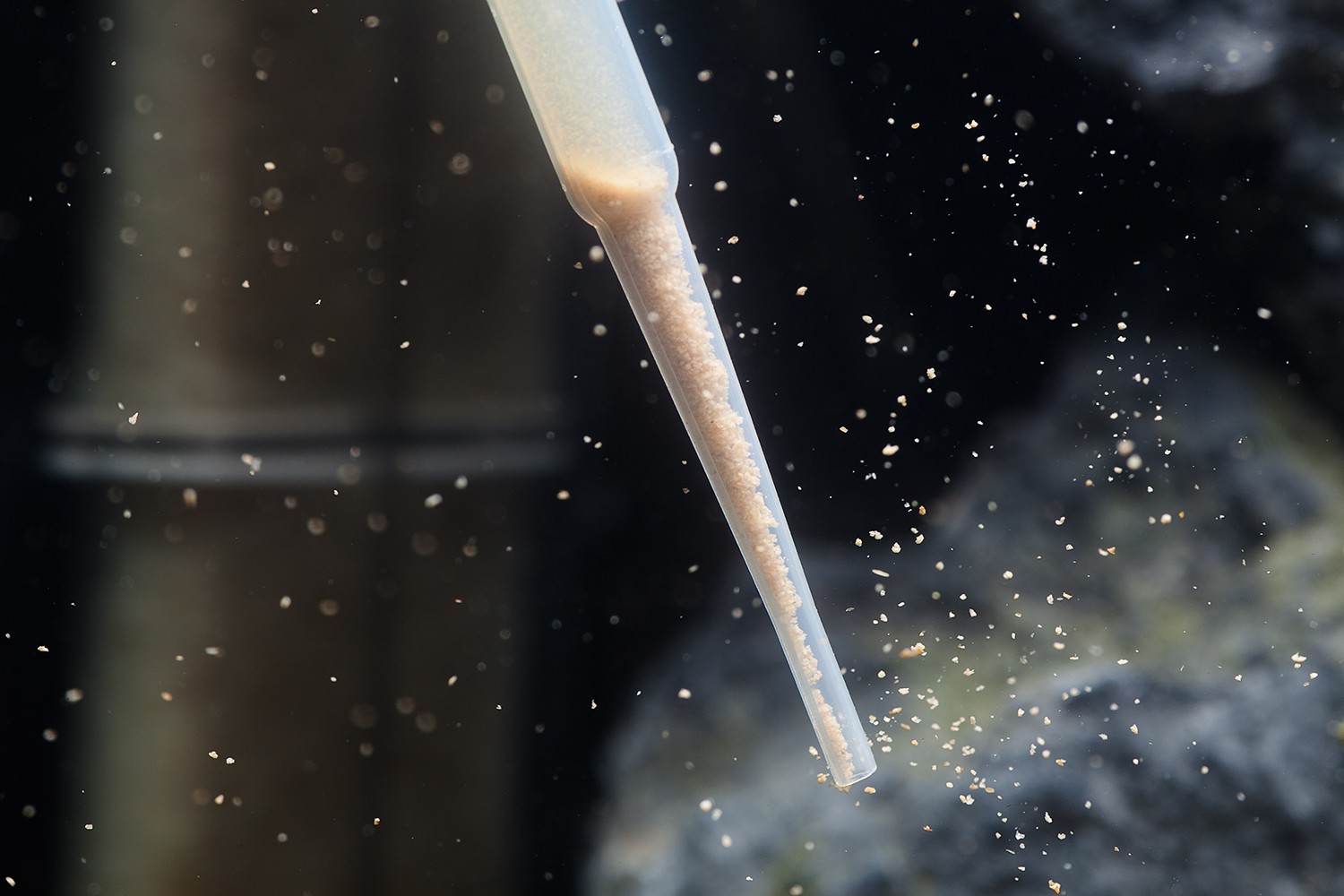
Babyfeed is micro-milled. The fine grain size guarantees that the feed is distributed throughout the aquarium and is thus really available to the baby shrimps, because they do not yet actively go to the food. With a special feeding pipette, which is included free of charge, the food can also be fed specifically to the place where the little animals are sitting.
We recommend to turn off the filter for about 15 to 30 minutes after feeding (don't forget to turn it on again!), so that the baby feed can settle and is not filtered away again immediately.

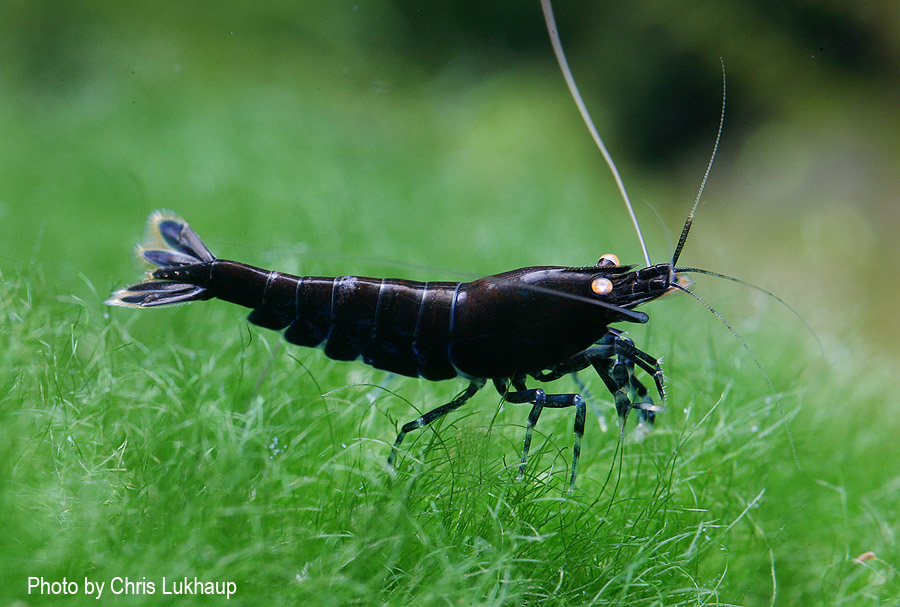
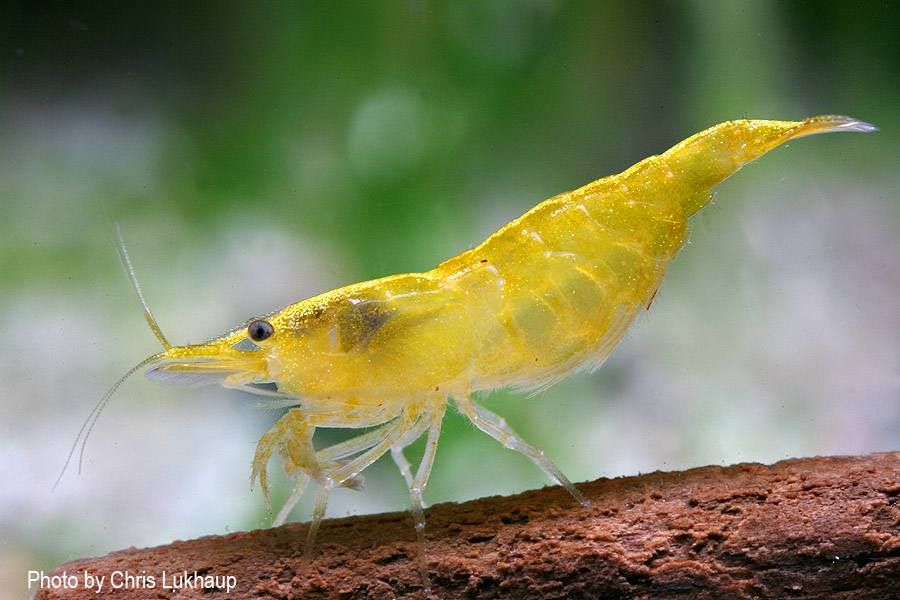
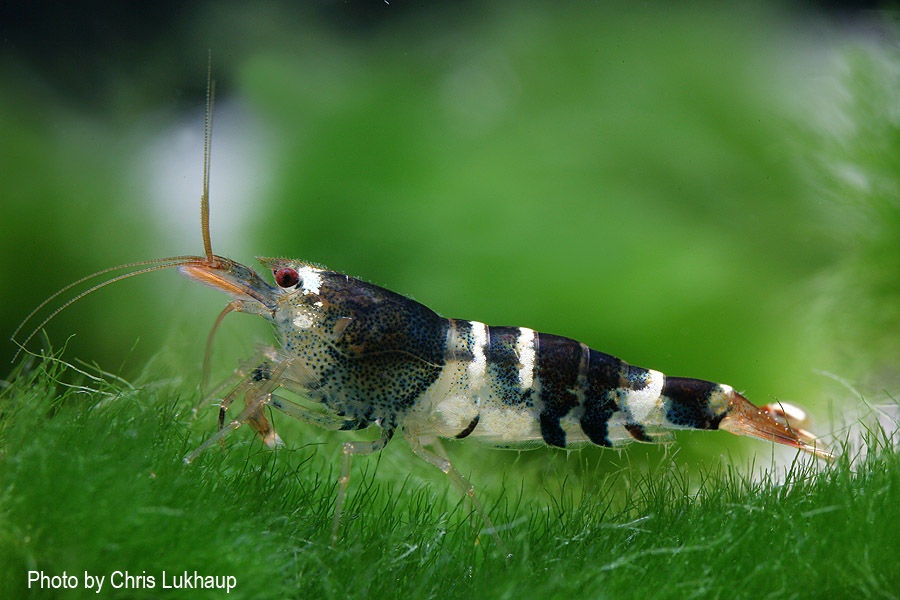
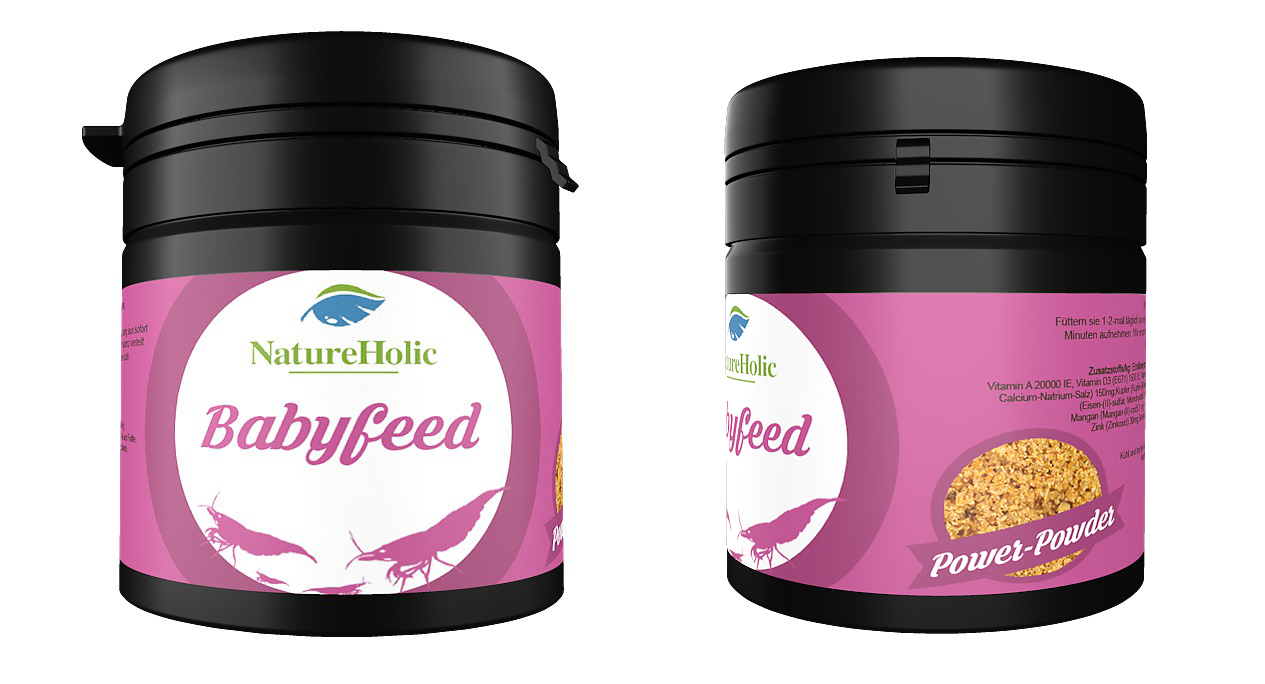
Farbechtheit
Meine Garnelen bringen immer einmal wieder Jungtiere hervor. Ich habe mir bisher nur Red Sakura Garnelen gekauft da ich gerne nur rote Tiere im Becken haben möchte. Nun habe ich festgestellt, dass ich auch einige blasse oder nur schwach gefärbte Jungtiere habe, manche ältere sind bereits 1-1,5 cm groß. Ich habe nun gelesen, man solle diese Tiere aussortieren. Ab welcher Größe kann man den sagen, die verändern ihre Farbe nicht mehr? Habe diese Tiere schon von Anfang an die richtige Farbe oder entwickelt sich das noch?